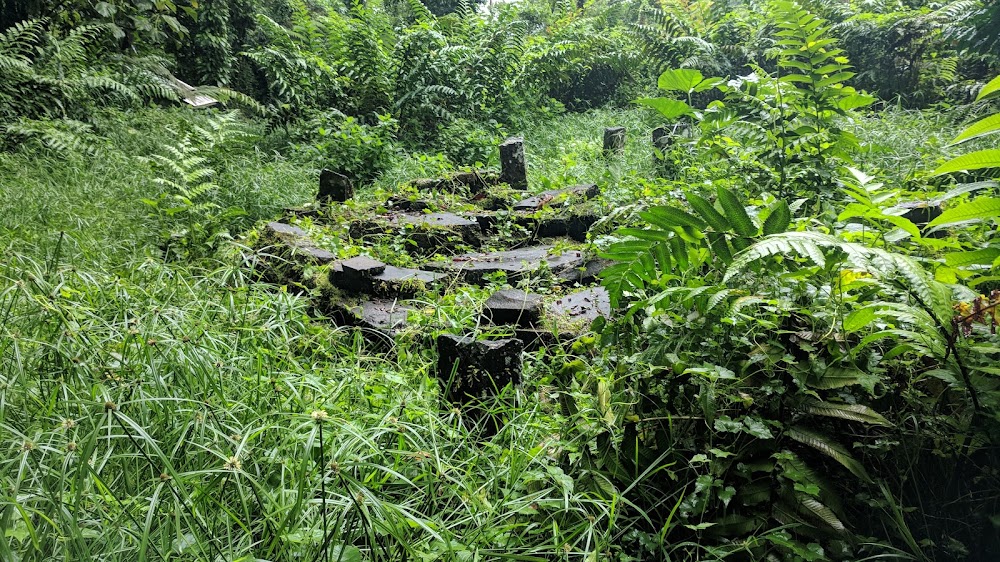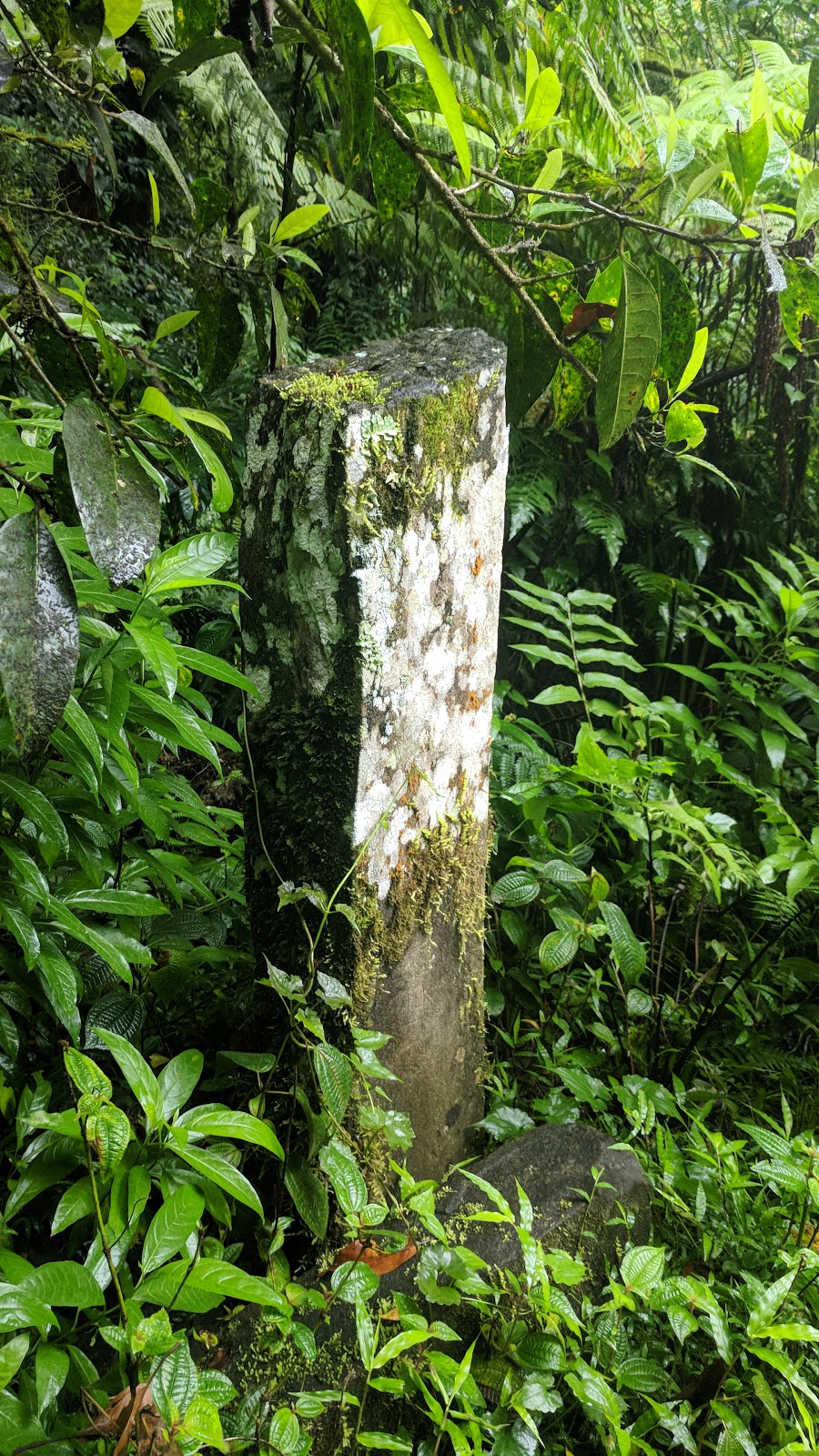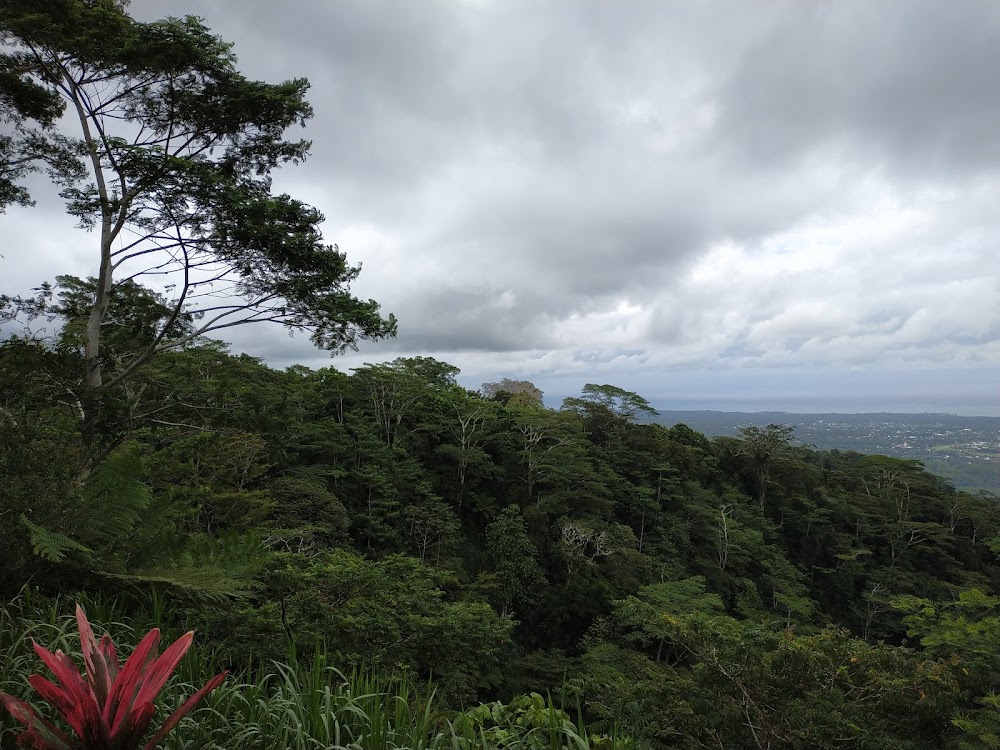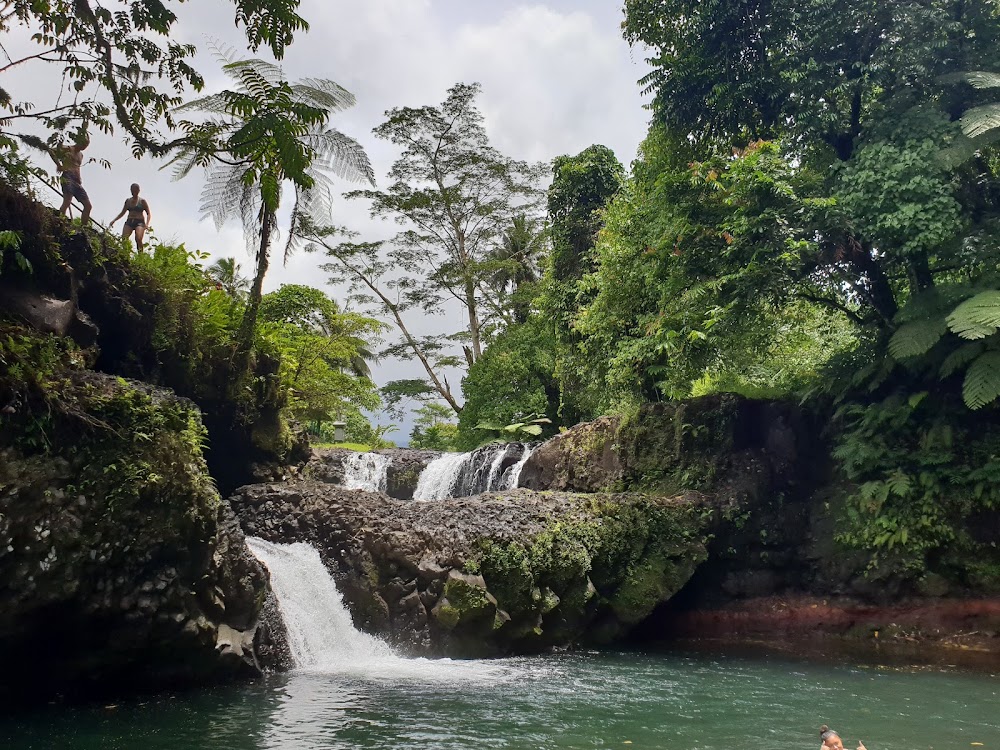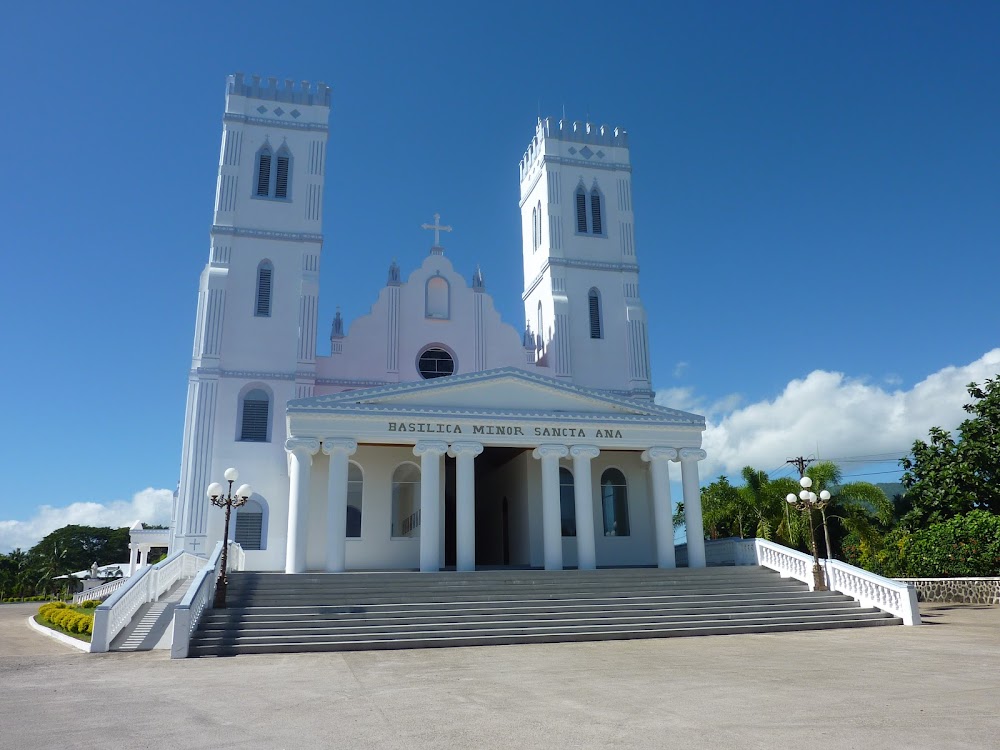Leulumoega Historical Museum (Falemata'aga o Tala'aga o Leulumoega)
Overview
Once upon a time, in the heart of Leulumoega village in Samoa, an impressive megalithic structure known as Le-Fale-O-Le-Fe’e stood as a testament to ancient ingenuity. This landmark, steeped in mystery, has been revered by the local Samoan people for generations. It’s a place where history comes alive, and the stories of old echo through the stones, inviting visitors to explore its rich heritage.
Le-Fale-O-Le-Fe’e translates to "The House of the Octopus" in English, a name that hints at the captivating legends surrounding this remarkable structure. According to local folklore, the octopus (fe’e) serves as a guardian spirit of the land. Constructed in a time before written records, this pre-historical site is shrouded in spiritual significance, making it a focal point of cultural identity for the Samoan people.
The construction of this megalithic marvel involved massive stone blocks, each weighing several tons. The stones were meticulously cut and fitted together without the use of mortar, showcasing an incredible feat of engineering for the time. Local historians believe these stones were quarried from nearby sites and transported using ancient techniques that have since been lost to history, adding to the intrigue of the site.
The design of Le-Fale-O-Le-Fe’e is unique, featuring large stone platforms and raised terraces that once served as gathering places for the Samoan people. This structure was not merely a ceremonial site; it was the heart of community life, where people congregated to celebrate, mourn, and worship. The layout suggests it was used for rituals and events, embodying the spirit of togetherness that is central to Samoan culture.
Over the centuries, Le-Fale-O-Le-Fe’e has withstood the test of time, becoming an enduring symbol of Samoan heritage and resilience. The nearby village of Leulumoega developed around this magnificent landmark, with generations of families cherishing their ancestral connection. Farmers, fishermen, and craftsmen thrived in the area, contributing to a vibrant culture that celebrates its roots.
In recent years, the Leulumoega Historical Museum was established to preserve and showcase the rich history of Le-Fale-O-Le-Fe’e. The museum houses an impressive array of artifacts—ancient tools, pottery, and intricate carvings discovered in and around the site. Visitors are often in awe of the craftsmanship and sophistication of these items, gaining insights into a bygone era that shaped the present.
The museum also offers detailed accounts of the legends, traditions, and cultural practices of the Samoan people. It serves as an educational resource, featuring guided tours and engaging storytelling sessions led by local elders. These oral histories weave a richer understanding of the landmark's significance, illuminating its place in the broader tapestry of Samoan history.
In addition to its cultural and historical importance, Le-Fale-O-Le-Fe’e has become a hub for preserving the traditions of stone masonry. Skilled craftsmen continue to practice ancient techniques, ensuring that the knowledge and skills used in the structure's construction are not forgotten. These artisans play a crucial role in maintaining and restoring the site, keeping it alive as a symbol of Samoan heritage.
Today, Le-Fale-O-Le-Fe’e and the Leulumoega Historical Museum attract visitors from around the globe. Tourists and scholars alike come to admire the ingenuity of its construction and immerse themselves in the local culture. The site stands as a proud testament to Samoa’s rich history, with the spirit of the octopus watching over Le-Fale-O-Le-Fe’e, safeguarding its legacy for future generations.
In the heart of Samoa, the tale of Le-Fale-O-Le-Fe’e reminds us of the importance of preserving our history. It serves as a beacon of the ingenuity, strength, and community spirit that have defined the Samoan people for centuries. As the sun sets over Leulumoega, casting a golden hue over the ancient stones, the legacy of Le-Fale-O-Le-Fe’e remains as strong as ever—a timeless symbol of cultural heritage and ancestral pride.


